Need advice on kitchen lighting to meet California code
aussies
16 years ago
Featured Answer
Sort by:Oldest
Comments (20)
Jon1270
16 years agoflatcoat2004
16 years agoRelated Professionals
Green Bay Lighting · Hialeah Gardens Lighting · Medford Furniture & Accessories · Walnut Creek Furniture & Accessories · Woodbury Furniture & Accessories · Beverly Hills Furniture & Accessories · Fountainebleau Furniture & Accessories · Ogden Interior Designers & Decorators · Ankeny Decks, Patios & Outdoor Enclosures · Crystal Lake Decks, Patios & Outdoor Enclosures · Glasgow Decks, Patios & Outdoor Enclosures · Liberty Decks, Patios & Outdoor Enclosures · Salem Decks, Patios & Outdoor Enclosures · Spokane Decks, Patios & Outdoor Enclosures · West Palm Beach Decks, Patios & Outdoor Enclosureslightguy
16 years agoyesdear
16 years agolightguy
16 years agosolarpowered
16 years agosolarpowered
16 years agoremodelzombie
15 years agodancingsams
15 years agoremodelzombie
14 years agolightguy
14 years agoallora
14 years agopetlovermarcie
6 years agolast modified: 6 years agoAdam Calabrese
6 years agolast modified: 6 years agopetlover
6 years agodancingsams
6 years agopetlover
6 years agodancingsams
6 years agopetlover
6 years ago
Related Stories
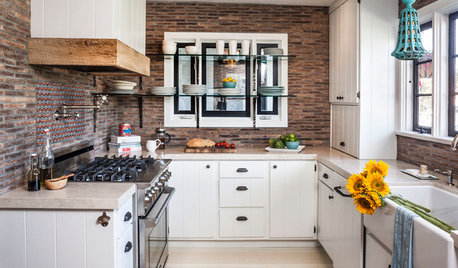
KITCHEN DESIGNKitchen of the Week: Contemporary Meets Rustic in Southern California
New cabinetry and finishes bring this kitchen up-to-date, but vintage elements give it a hint of the past
Full Story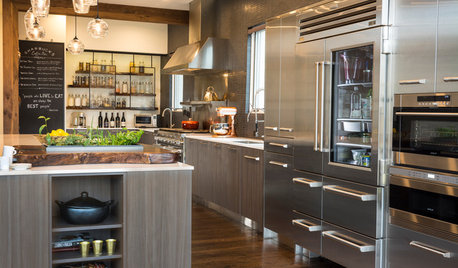
KITCHEN DESIGNKitchen of the Week: Professional Chef Style Meets California Warmth
A mix of stainless steel and walnut, personalized features and a new dining area complete this chef’s kitchen
Full Story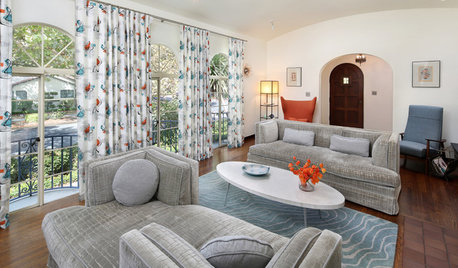
ECLECTIC HOMESHouzz Tour: Midcentury Meets Mediterranean in California
Squash-colored walls are painted crisp white to provide a bright backdrop for modern furnishings, lighting and textiles
Full Story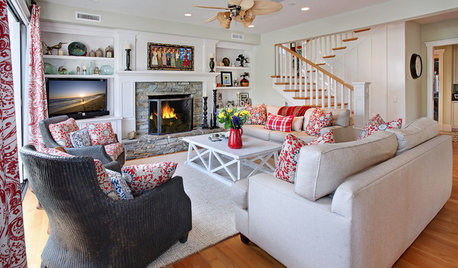
COASTAL STYLEHouzz Tour: Country Meets Coastal Near a California Beach
Relaxing is easy with casual furniture, generous natural light and plenty of folk art pieces
Full Story
CONTRACTOR TIPSBuilding Permits: 10 Critical Code Requirements for Every Project
In Part 3 of our series examining the building permit process, we highlight 10 code requirements you should never ignore
Full Story
CONTRACTOR TIPSBuilding Permits: What to Know About Green Building and Energy Codes
In Part 4 of our series examining the residential permit process, we review typical green building and energy code requirements
Full Story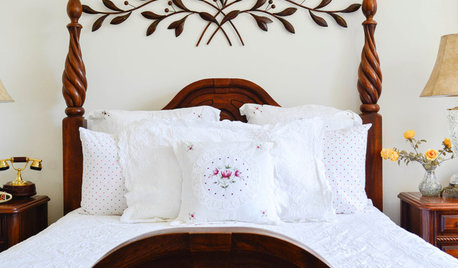
HOUZZ TOURSMy Houzz: Spanish Meets Tuscan in Southern California
Carved wood and detailed tiles give a home near Palm Springs warmth and old-world flair
Full Story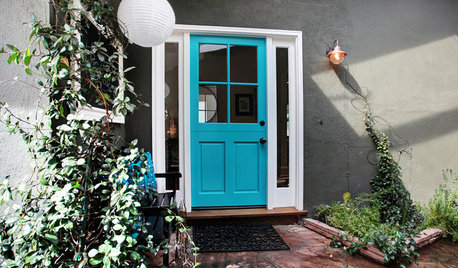
MIDCENTURY HOMESHouzz Tour: Lively Meets Thrifty in Southern California
A complete interior gutting, thrift store finds and an artistic eye give a photographer's home more space and a modern cottage look
Full Story
REMODELING GUIDESContractor Tips: Advice for Laundry Room Design
Thinking ahead when installing or moving a washer and dryer can prevent frustration and damage down the road
Full Story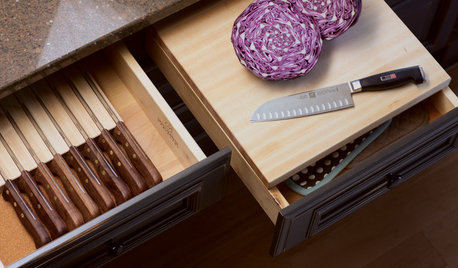
KITCHEN STORAGEKnife Shopping and Storage: Advice From a Kitchen Pro
Get your kitchen holiday ready by choosing the right knives and storing them safely and efficiently
Full Story






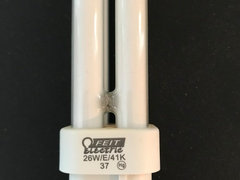

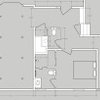


dancingsams